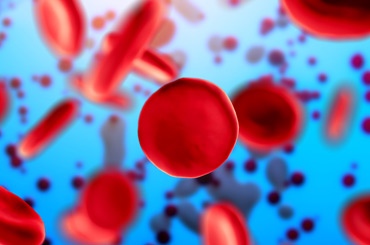Chelation therapy
Elimination of inorganic and toxic substances
The word “chelate” means “crab claw” or “crab claw” in Greek and explains the principle of the chemical action of a metal binding complex called “chelator”. Chelators bind metal ions and are then eliminated by the organism in a natural way. Chelation therapy is a detoxification procedure that is recognised in orthodox medicine as a measure for lead poisoning. But detoxification and the purification of metals in the body also play a central role in countless other diseases.
EDTA chelation therapy (EDTA stands for the complexing agent ethylenediaminetetraacetic acid or ethylenediaminetetraacetate) is an infusion treatment that has been used for about 40 years in the USA and for about three decades in Germany. It makes use of the property that heavy metals are converted into a form that can be excreted by chelation and thus no longer remain in the connective tissue of the body.
This is because the permanent exposure to heavy metals favours numerous diseases and enormously weakens the self-healing capacity of the already diseased organism (e.g. cancer). In chelation therapy, EDTA combines with metal ions that are bound to calcium, fats, fibrins (high-molecular, non-water-soluble proteins), foreign proteins and other components of the plaques. These compounds are transported via the bloodstream to the kidneys, where they are excreted.
By eliminating inorganic and toxic substances and metal ions, EDTA chelation therapy protects the body to a large extent against free radicals and thus reduces cell membrane damage. In addition, the breakdown of pathological calcium deposits in tissue, muscles and tendons improves human mobility and relieves pain.
EDTA chelation therapy is a very effective healing method and supportive therapeutic agent for a variety of indications:
- All arteriosclerotic vascular diseases
- Arthritis
- Elimination of toxins after chemotherapy, drug use and alcoholism
- Chronic Fatigue Syndrome (CFS)
- Diabetes mellitus
- Diabetic retinopathy
- Fibromyalgia
- Macular Degeneration
- Potency disorders
- Retinitis pigmentosa
Preventive treatment with chelation therapy is indicated for many high-risk diseases as well as for many complaints of old age. There are certain contraindications which must be taken into account. Depending on the diagnosis, other chelating agents are also used.




